#jasper tudor
Text
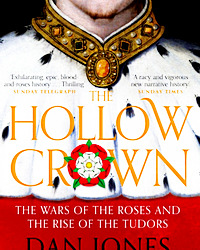




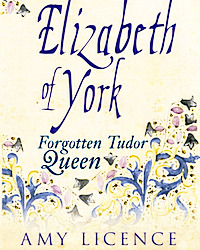
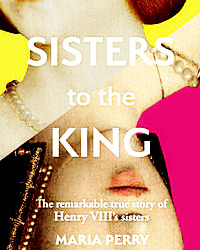

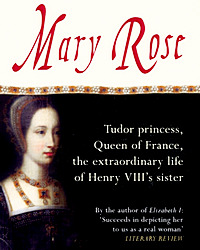
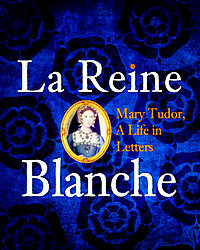
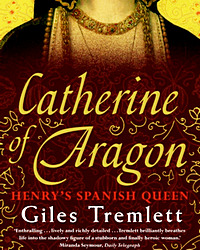


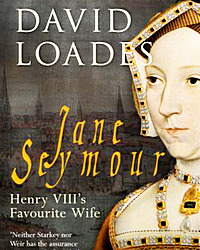





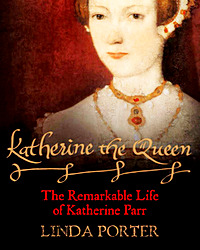

♕ @dailytudors: TUDOR WEEK 2023 ♕
Day Five: Most Used Tudor Related Resource >> My slowly expanding collection of Tudor nonfiction books.
#tudorweek2023#margaret beaufort#owen tudor#jasper tudor#margaret tudor#mary tudor#katherine of aragon#anne boleyn#jane seymour#anne of cleves#kathryn howard#catherine parr#my edits#dailytudors#yes I know i don't own any of the latter generation/s but I did have a huuuuge bookdepository wishlist before it shut down#any recommendations for a website like that please let me know
217 notes
·
View notes
Photo





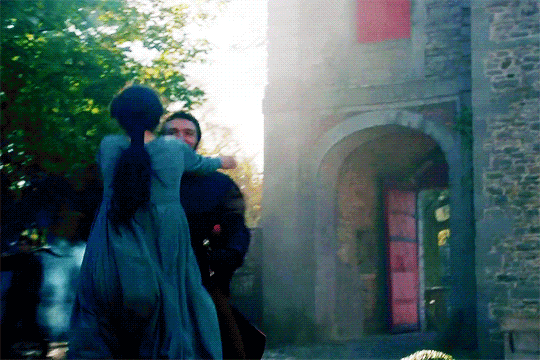

There has never been time for words of love between us, we have spent most of our time saying goodbye
MARGARET BEAUFORT and JASPER TUDOR in THE WHITE QUEEN (2013)
171 notes
·
View notes
Text

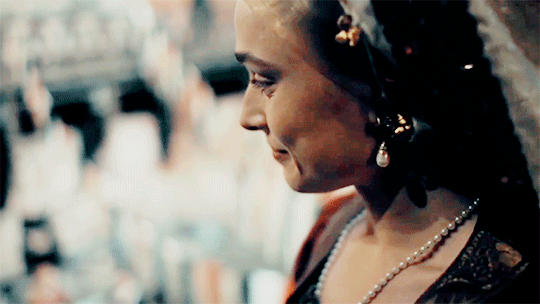



After the successful meeting with Henry VI, Margaret, Henry Stafford and Henry Tudor travelled to Woking. Margaret and her son spent a week together at her favourite residence, and it appears that this was treated as a holiday by them and a chance to get to know each other again. For Margaret, who had already spent a considerable time apart from her only child, such moments would have been precious, and after leaving Woking, the pair travelled slowly with Henry Stafford to Maidenhead and Henley-on-Thames before Margaret once again passed her son over to the control of his uncle. By 1471, Henry Tudor was rapidly approaching adulthood: he was already older than Margaret had been when she gave birth to him. Although it must have been a wrench for Margaret to part from her child once again, she recognised that it was time for the boy to make his way in the world and that his uncle, who had shown himself to have they boy’s best interests at heart, was, for the time being at least, the man best suited to be his guardian. (...) On 11 November, Henry bade his mother and stepfather farewell and joined his uncle Jasper. Though neither Margaret nor Henry could have known it, they would not see each other again for almost fifteen years. (x) (x)
#historyedit#henry tudor#margaret beaufort#jasper tudor#perioddramaedit#royal bastards: the rise of the tudors#margaretbeaufortedit#henry vii#house of tudor#mine: perioddrama#mine: gifs#mine: history#tudors#tudorsedit#margaret x jasper
194 notes
·
View notes
Text
Tudor Week 2023

To celebrate our belated three-year anniversary we are hosting Tudor Week 2023. This is going to be hosted from Monday the 31st of July to Sunday the 6th of August.
The week will go as follows:
Day 1 - Monday, 31st of July : Favourite Tudor Rivalry
Day 2 - Tuesday, 1st of August : Favourite Female Tudor Family Member
Day 3 - Wednesday, 2nd of August : Best Tudor Myth
Day 4 - Thursday, 3rd of August : Favourite Male Tudor Family Member
Day 5 - Friday, 4th of August : Most Used Tudor Related Resource
Day 6 - Saturday, 5th of August : Favourite portrayal of a Tudor Family Member
Day 7 - Sunday, 6th of August : Favourite Tudor Mentor and Mentee relationship (can be a Tudor familial relationship, or a Tudor and a courtier relationship)
This can cover all events and media that a Tudor family member is present, so from Owen Tudor to Elizabeth Tudor, and may include spouses and acknowledged children of direct members of the Tudor family (if unsure who we cover please check our Family page). We have attempted to make it as broad as possible and no pressure if you are late with some of the days, we will still reblog.
Previous Years: 2021, 2022
Be sure to tag your posts TudorWeek2023 and DailyTudors, looking forward to seeing your posts!
- The Team at DailyTudors
#tudorweek2023#henry vii#henry viii#edward vi#mary i#elizabeth i#owen tudor#catherine de'valois#edmund tudor#margaret beaufort#jasper tudor#catherine woodville#elizabeth of york#arthur prince of wales#katherine of aragon#margaret queen of scotland#james iv of scotland#archibald douglas#henry stuart#anne boleyn#jane seymour#anne of cleves#kathryn howard#catherine parr#mary queen of france#louis xii#charles brandon#henry fitzroy#announcement
138 notes
·
View notes
Text

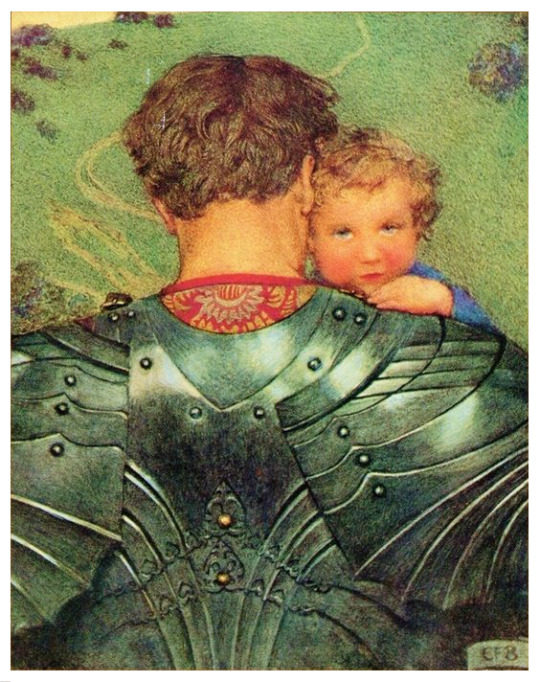

TUDOR WEEK 2023 |
Day 7: Favourite Tudor Mentor and Mentee relationship
Jasper Tudor & Henry VII of England
The king whom Jasper helped to make was a strong ruler, who restored the fortunes of the war-torn country he had seized, and returned political stability to the kingdom — a stability which more or less remained for centuries, and at the very least throughout the Tudor period. While Warwick had created kings, Jasper created a true king, a monarch ruling independently of any intervention or control of the nobility, who founded a dynasty which truly set the standard for royal rule. Jasper has not at any time been called a ‘Kingmaker’, and his work was perhaps, by necessity, more discreet and quiet than that of Warwick’s, but he worked towards the same ultimate goal (x).
67 notes
·
View notes
Text
Mystery also surrounds Owen Tudor's marriage, but there is no question as to its validity or the legitimacy of his offspring. Richard III's proclamations described Tudor as a bastard; his marriage, however, was not disputed.
Ralph Griffiths, "Tudor, Owen [Owain ap Maredudd ap Tudur] (c. 1400–1461)", Oxford Dictionary of National Biography (2004, updated 2008)
#I love that you can just say#“Catherine de Valois and Owen Tudor were married and their children legitimate source: Richard III himself”#but ricardians will still be mad and argue about it#owen tudor#catherine de valois#edmund tudor#jasper tudor#historian: ralph griffiths
32 notes
·
View notes
Note
Did Margaret beaufort say many times before Henry Tudor ascended the throne that my son would become king?
No, pardon my french but that’s complete bullshit.
Margaret Beaufort did not plan to make her son king until at best summer 1483. The white queen is very unrealistic in that aspect.
Margaret is an individual who have a familial loyalty and people whom she cares about beyond Henry, even though he certainly is her first concern. Margaret thinking that her son would be king is basically wishing the end of the House of Lancaster, and probably Beauforts and Holland, all whom do or could have a claim for the throne before Henry.
After 1471, we see no sign of Margaret attempting to push her son. In fact she clearly attempt to insert herself and her son in the triumphant Yorkist regime. She marry a influential lord close to power, she enter the queen’s household, she attempt to negotiate a settlement for her son.
It didn’t work for a decade because Margaret couldn’t garantuee her son’s safety in the Yorkist regime. Henry Holland’s weird death was probably a prime warning for her that reconciled Lancastrian pretenders could have a reduced chance of life expectancy in Yorkist England. There was probably third parties eager to see the Tudor heir die in exile and not return to claim his familial lands (like the Herberts, Clarence then Gloucester himself).
So she bid her time and negotiated what probably was a first step in 1482: a share of her mother’s inheritance. Edward IV died before final negotiations be made. She pushed her son king afterwards because it was the least bad option. Richard III was attempting to extradite him anyway and he was becoming a potential pretender with the new king’s flawed legitimacy. Negotiations were no longer possible.
I don’t think Margaret wanted her son to be king even after 1471. Every king she knew except Edward IV died violently and Edward himself came close numerous times. And that’s not even opening the issue of pretenders, wether overt or merely seen as potential ones. Their death rate was very high.
Hence why Hall claimed she cried during her son’s coronation: he was putting a big target in his back, she knew it and she was right considering he almost got killed weeks afterward. Anxiety probably swallowed her as her son was never completely safe and constantly facing rivals, plots, uncertainties, treasons, discontents and outright weirdos attempting to destroy him.
I personally think it’s not coincidence that she died months after him. Uncertainty kept her alive, fearful that his life would end with defeat and death. So when he died peacefully, albeit not painlessly, and the transition to her grandson was made, she knew she could leave at peace.
As an aside, if a show want to have an half-deluded character who desperately cling to the idea of making Henry king as ultimate vindication for his suffering, just pick Jasper (after 1471 though). He’s the one with big grudges toward Edward IV who personally executed his dad. He’s the one who can’t and probably won’t make peace with the Yorkist regime.
49 notes
·
View notes
Text
#owen tudor#jasper tudor#henry vii#arthur prince of wales#margaret tudor#henry viii#mary tudor#mary i#elizabeth i#edward vi#poll
43 notes
·
View notes
Text
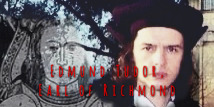

“By 1452 both Jasper and Edmund had entered their twenties and proven 'their most noble character... [and] most refined nature'. Partly out of respect for his mother's memory Henry decided to elevate his half-brothers' status.
On 5 January 1453, Henry brought the Tudors to the Tower of London, where they were knighted in a heavily ritualized ceremony with a number of other young courtiers. The timing and circumstances of his brothers' knighthood suggests there was as much political as personal imperative to the occasion. Although two of the other youths to be spurred and presented with a sword on this occasion were loyal Lancastrians, a number of the Tudors' companions in knighthood were associated with the duke of York, perhaps singled out to restore their loyalty at York's expense.
William Herbert was the heir of one of York's former councillors and he was joined by two of York's Neville nephews, John and Thomas, younger sons of the earl of Salisbury. The date of the ceremony was also significant, for Epiphany was the feast of three kings, when English monarchs traditionally held a public crown-wearing. By holding a ceremony that forged binding ties of martial loyalty on the vigils of a feast exalting kingship, Henry was making a powerful association of his rule with military and chivalric values.
In honour of this occasion, Henry also endowed his brothers with estates, creating Edmund earl of Richmond and Jasper earl of Pembroke. These were royal demesnes that had previously been held by Henry's uncles, the dukes of Bedford and Gloucester. Edmund was granted one more sign of royal affection: a bride.
His chosen spouse at first sight does not seem ideally suited, since she was nine years old and already engaged to someone else. Edmund's intended was Margaret Beaufort, the sole heir to the unfortunate John Beaufort, duke of Somerset, who had died- possibly at his own hand after commanding the disastrous expedition to France in 1443.
On 12 May 1453 Henry authorized the payment of 100 marks for Margaret's 'arrayment' so she could have the necessary fine clothing to attend court with her mother.
By then Margaret's previous union, to the son of the late duke of Suffolk, had been dissolved, and her wardship granted to the Tudors instead. In 1455, when Margaret was barely of legal age, at twelve years old, she and Edmund married.
By uniting the lines of his half-brother and the Beaufort heiress, Henry established an alternative line of succession for the crown. Through his infant wife, Edmund Tudor gained a claim to the throne which his half-blood connection to Henry did not provide. The founding of this rival Beaufort dynasty must have had the approval of Margaret's uncle Somerset; as it ensured a family stake in a potential future queen of England, the appeal for him was obvious.”
Johnson, Lauren. “Shadow King: Life and Death of Henry VI.”
#tudor dynasty#Plantagenet dynasty#Plantagenets#house of lancaster#cousin’s wars#wars of the roses#Henry VI#King Henry VI#King Henry VI of England#Edmund Tudor#Jasper Tudor#Margaret Beaufort
26 notes
·
View notes
Text
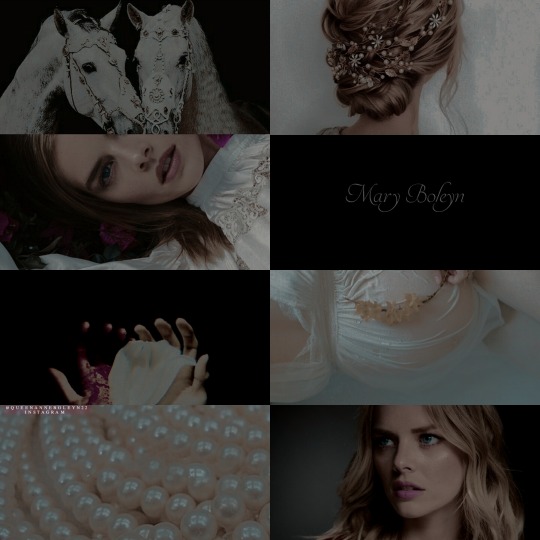
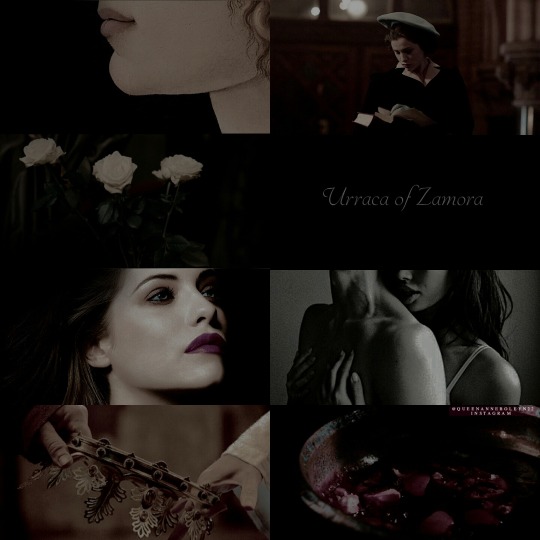



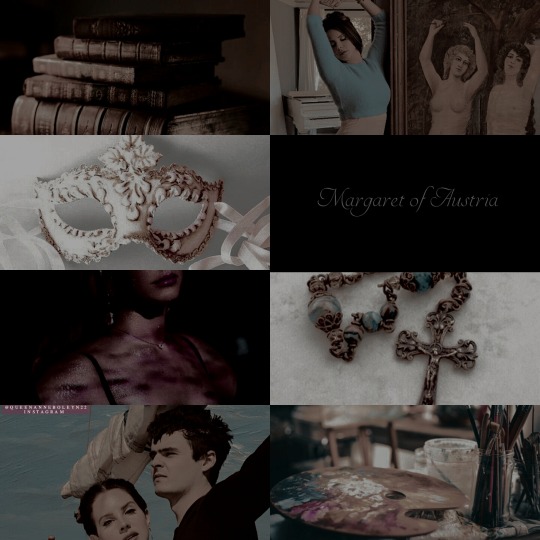
✠︎ʜɪꜱᴛᴏʀɪᴄᴀʟ ꜰɪɢᴜʀᴇꜱ x ᴍᴏᴅᴇʀɴ ᴀᴇꜱᴛʜᴇᴛɪᴄꜱ✠︎
• Countess Elizabeth Báthory de Ecsed, (7 August 1560 – 21 August 1614), was a Hungarian noblewoman and "purported serial killer" from the family of Báthory, who owned land in the Kingdom of Hungary.
• Urraca of Zamora (1033/34 – 1101) was a Leónese infanta, one of the five children of Ferdinand I the Great, who received the city of Zamora as her inheritance and exercised palatine authority in it. Her story was romanticized in the cantar de gesta called the Cantar de Mio Cid, and Robert Southey's Chronicle of the Cid.
• Catherine de’ Medici, was queen consort of Henry II of France and subsequently regent of France (1560–74), who was one of the most influential personalities of the Catholic–Huguenot wars. Three of her sons were kings of France: Francis II, Charles IX, and Henry III.
• Archduchess Margaret of Austria was Governor of the Habsburg Netherlands from 1507 to 1515 and again from 1519 to 1530. She was the first of many female regents in the Netherlands.
• Jasper Tudor, Duke of Bedford and Earl of Pembroke also called Jasper of Hatfield, was the uncle of King Henry VII of England and a leading architect of his nephew's successful accession to the throne in 1485. He was from the noble Tudor family of Penmynydd in North Wales.
• Mary was the eldest of three surviving children of Thomas and Elizabeth Boleyn. Much like her siblings, Anne and George, many details regarding Mary’s formative years remain something of a mystery, and we cannot be exactly certain in which order the siblings were born. We can, however, be fairly certain that the children were born between 1500 and 1507, at the Boleyn estate of Blickling Hall, in Norfolk.
#perioddramaedit#history#edit#history edit#lana del rey#the tudors#jasper tudor#thomas doherty#mary boleyn#samara weaving#catherine de medici#isolda dychauk#urraca de zamora#urraca of zamora#jessica de gouw#elizabeth bathory#jessica chastain#margaret of austria#fancast#modern edit#modern aesthetic#modern au#aesthetic#historical figures#modern history au#modern moodboard#english history#french history#german history#hungarian history
68 notes
·
View notes
Text
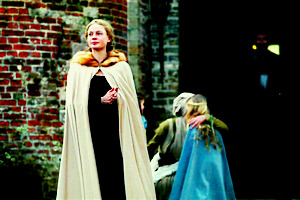
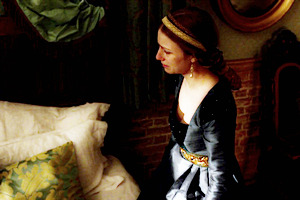

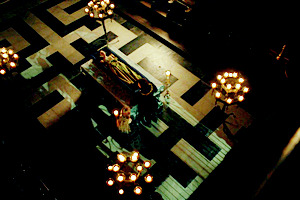

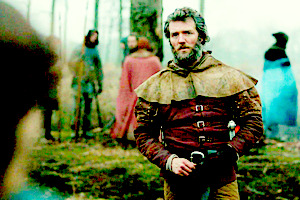




❁ THE WHITE QUEEN 10-YEAR ANNIVERSARY WEEK ❁
Day One - Favourite Episode >> The Final Battle (Episode Ten)
#the white queen#twqedit#perioddramaedit#twq10#rebecca ferguson#faye marsay#aneurin barnard#amanda hale#freya mavor#tom mckay#michael marcus#elizabeth woodville#anne neville#richard iii#elizabeth of york#margaret beaufort#jasper tudor#henry vii#my edits
191 notes
·
View notes
Text
they’re a twenty but they're weirdly obsessed with people who died 500 years ago
#henryvii#tudor#reginald pole#anne boleyn#elizabeth i#cecily neville#margaret beaufort#owen tudor#jasper tudor
27 notes
·
View notes
Photo





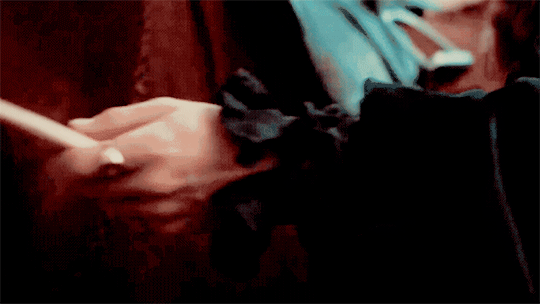

The arrival of her son signified a momentous change in Margaret’s outlook, for no longer was her own future her sole consideration – her decisions would affect the course of Henry’s life too, and that made them of even greater import. Though he had his uncle Jasper, she considered that another male figure who could offer protection in the uncertain political climate was essential. Margaret recognized that in order to safeguard Henry’s interests she needed an ally and protector, and the way to obtain one was through marriage. (...) The level of Margaret’s own involvement in her marital arrangements is extraordinary, considering her youth and all that she had been through in so short a space of time. Henry’s birth had had a profound impact on her, imbuing her with a new sense of purpose. The experience of childbirth in a land full of political unrest forced Margaret to grow up quickly, and she emerged as a stronger and more determined character who would put her son’s interests above all else. Henry’s future wellbeing then, was the motivation that drove her when considering her marital arrangements. (...) That she chose to undertake it is a testament to her own insistence on being involved in the negotiations concerning her future. [x]
#historyedit#perioddramaedit#margaret beaufort#jasper tudor#royal bastards: the rise of the tudors#femalecharacters#women in history#margaretbeaufortedit#periodddrama#docuseries#yassssss#I love how they did her in this docuseries#a sassy and scheming girl but not in a vilanous way#but in a policital and survivor way#thats whats my girl deserves#margaret x jasper#tudorsedit#house of tudor#Tudor History#tudors#tudor england#war of the roses#the war of the roses#wotr#[edmund tudor]#henry tudor
299 notes
·
View notes
Text
Who is interested in a Tudor Week 2023?
#henry vii#henry viii#edward vi#mary i#elizabeth I#owen tudor#catherine de'valois#edmund tudor#margaret beaufort#jasper tudor#catherine Woodville#elizabeth of york#arthur prince of wales#katherine of aragon#margaret queen of scotland#james iv of scotland#archibald douglas#henry Stuart#anne boleyn#jane seymour#anne of cleves#kathryn howard#catherine parr#mary queen of france#louis xiii#charles brandon#henry fitzroy
70 notes
·
View notes
Text

After the restoration of Henry VI in 1470 Henry came under the protection of Jasper, his uncle, who, according to Polydore Vergil, found him living in the household of the Countess of Pembroke and introduced him to court. Shortly before Dafydd Llwyd had formally renounced all loyalty to the deposed Edward IV, 'Edward, I now become a supporter of the eagle from Anglesey', ending his poem with a prophecy that the said eagle would one day gain the Crown.
— Gruffydd Aled Williams, The Bardic Road to Bosworth: A Welsh View of Henry Tudor
#those welsh poets were SO MESSY#'let no one else have your fledging'#the herberts: don't let his family get him back. got it 👍#henry vii#william herbert#jasper tudor#tudor history#historian: gruffydd aled williams#the bardic road to bosworth
30 notes
·
View notes
Note
Hi, this is something that's always confused me so I figured I'll ask: how many children did Catherine of Valois have with Owen Tudor?
Hi, it is pretty confusing, isn't it? There does seem to be a lot of misinformation around or assertions made without any proof, whether it's Wikipedia saying Catherine and Owen had "at least six children" but only naming four and without offering a source or any genealogy site claiming Catherine had a daughter named "Tacinda" or any number of absurd claims.
According to Katherine J. Lewis, however, Catherine and Owen had only three, maybe four, children. Edmund and Jasper Tudor are very well evidenced, while Owen, later known as Edward, became a monk. My friend @richmond-rex has post here where she talks about the various evidence for Owen Tudor Jnr's existence. The three Tudor sons are also depicted in a genealogy scroll from the early 16th century, which you can see here. The fourth child is generally said to be a daughter who died young and is sometimes named Margaret. As you might expect, not much is known about this daughter and it's not clear that she ever existed.
Why is Catherine and Owen's relationship is heavily mythologised - almost all the stories we have about them are apocryphal and focus heavily on the romantic. The amount of children they had ties into that, suggesting an almost-constant aura of love-making, while the lack of detailed information about their relationship makes it possible.
#ask#catherine de valois#owen tudor#owen tudor jnr#edmund tudor#jasper tudor#i wonder if the idea their daughter was named margaret#comes from the linked genealogy scroll which depicts margaret beaufort with edmund tudor#whether someone misread it and thought it was their sister rather than margaret beaufort
10 notes
·
View notes